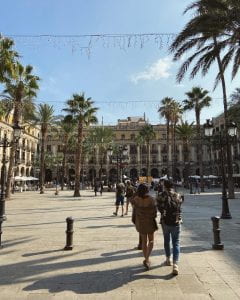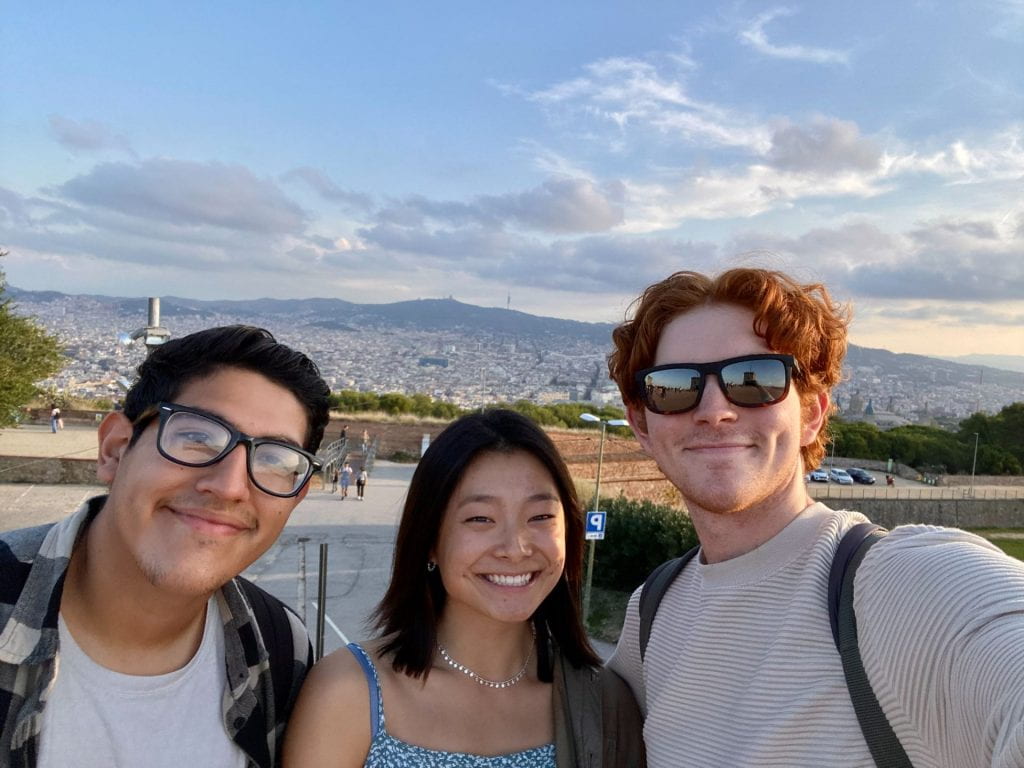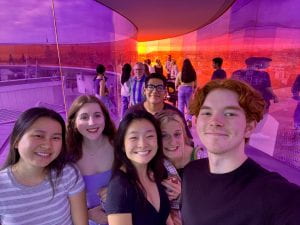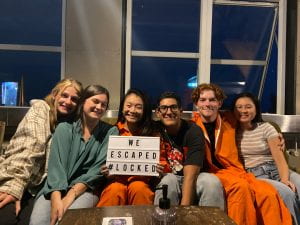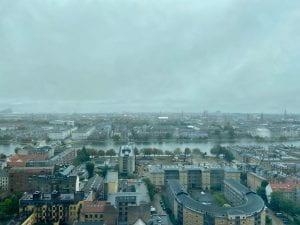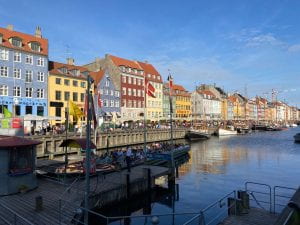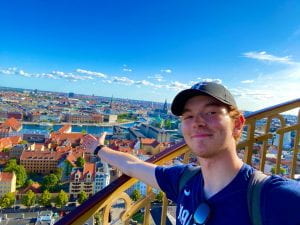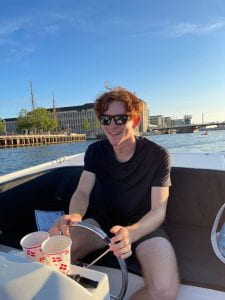Hello again everyone! While it may not even be Thanksgiving yet, it already feels like Christmas out here in Denmark. Sunlight is scarce and Christmas markets are popping up everywhere! As we enter the holiday season and I ramble on about Christmas in Scandinavia, I wanted to dedicate this blog post to the research I have been a part of during my time in Copenhagen.
Research Assistant Application Process
Once you have been accepted into the DIS program, there is an additional application targeted at those students who wish to conduct research at either DIS, Copenhagen University, or at another laboratory in the Copenhagen area. You don’t get paid for these research assistant positions and instead you take them for course credit. Some projects, such as mine are 3 credits (roughly 10 hours of work a week), and some of the more advanced wet lab projects are 6 credits (roughly 20 hours of work a week). The applications were due in February, and you aren’t informed of an acceptance until the summer. This means you just register for the normal course load at DIS and then if you are accepted into one of the projects, you will just drop one or two classes.
My Project
The project I was accepted into is titled Mammography Screening: Efficacy, Benefits, and Harms. I have a research partner on my project named Bridget and our work is guided by an Associate Professor at Copenhagen University who also instructs a DIS course in her spare time. Our research goal is stated as the following: To assess participation and breast cancer risk in women attending mammography screening in the capital region of Denmark between 2010-2020 in relation to their registered relationship status. We wish to examine the impact of relationships as social support and determine if they impact a women’s behavior in terms of screening participation and overall risk of cancer.
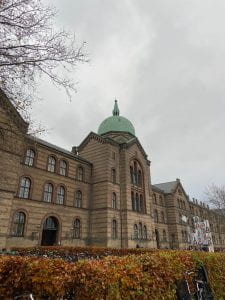
Here is the campus of the University of Copenhagen that I go to meet my research mentor at on a weekly basis!
We tackled this research goal in a few ways. Our first step in the process was centered around an extensive literature review which drew its basis in the subjects of psychology and epidemiology. This allowed us to gain a good background knowledge on the subject of cancer screening and the different behaviors people display when it comes to participation. Once this was completed, our research moved into blunt statistical analysis. We combed through data from the Danish government and eventually landed on the total of 301,666 individual women that were used in our study. The metric of relative risk became our most important tool as it allows us to compare participation across different groups of women with their respective relationship statuses. For these relative risk calculations, the cohort of married women was used as our reference when using relative risk calculations.
My Takeaways
This whole experience has been a blast on my end! First, it helped me really improve my communication skills when it comes to research I have performed. Over the course of the semester, we have been working on producing a detailed research paper that then our mentor will use to publish her next full paper (the chance of maybe receiving a co-author distinction or acknowledgment on her paper is extremely exciting). We are also currently working on a poster to present to other Copenhagen University and DIS facility members. There have been multiple workshops put on by DIS that were aimed at instructing us how to better present and pitch our own research. These resources have been extremely helpful and have made me excited to conduct more research in the future. Secondly, it has enhanced my knowledge of Danish culture and has simply been a fun time. Being able to dive into the medical system here in Denmark as well as the behaviors of Danish women has given me a new perspective on how cancer screening programs are running in different parts of the world. At the end of the day, I simply could not recommend applying for this program if you do attend DIS! Speaking from my own experience, I have had the opportunity to meet and network with a great research mentor and enjoy myself over the course of this project!
Below I am attaching a sample poster that I created for one of the DIS workshops. This is not meant to be a completed poster but should help provide more information on my project for those not familiar with the topic of mammography in Denmark. Till next time, thanks for reading!

This poster was created as part of a 3 minute pitch I had to prepare and present to other research assistant’s at DIS!

